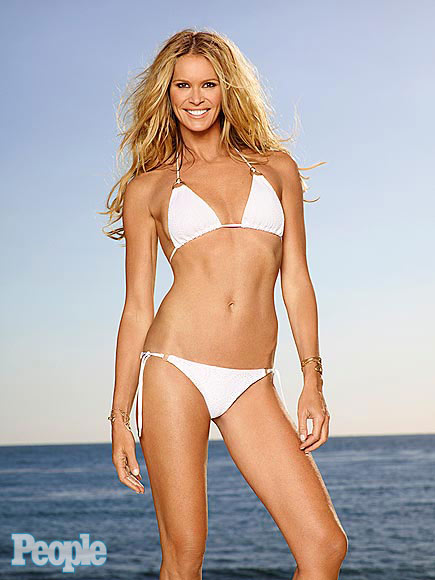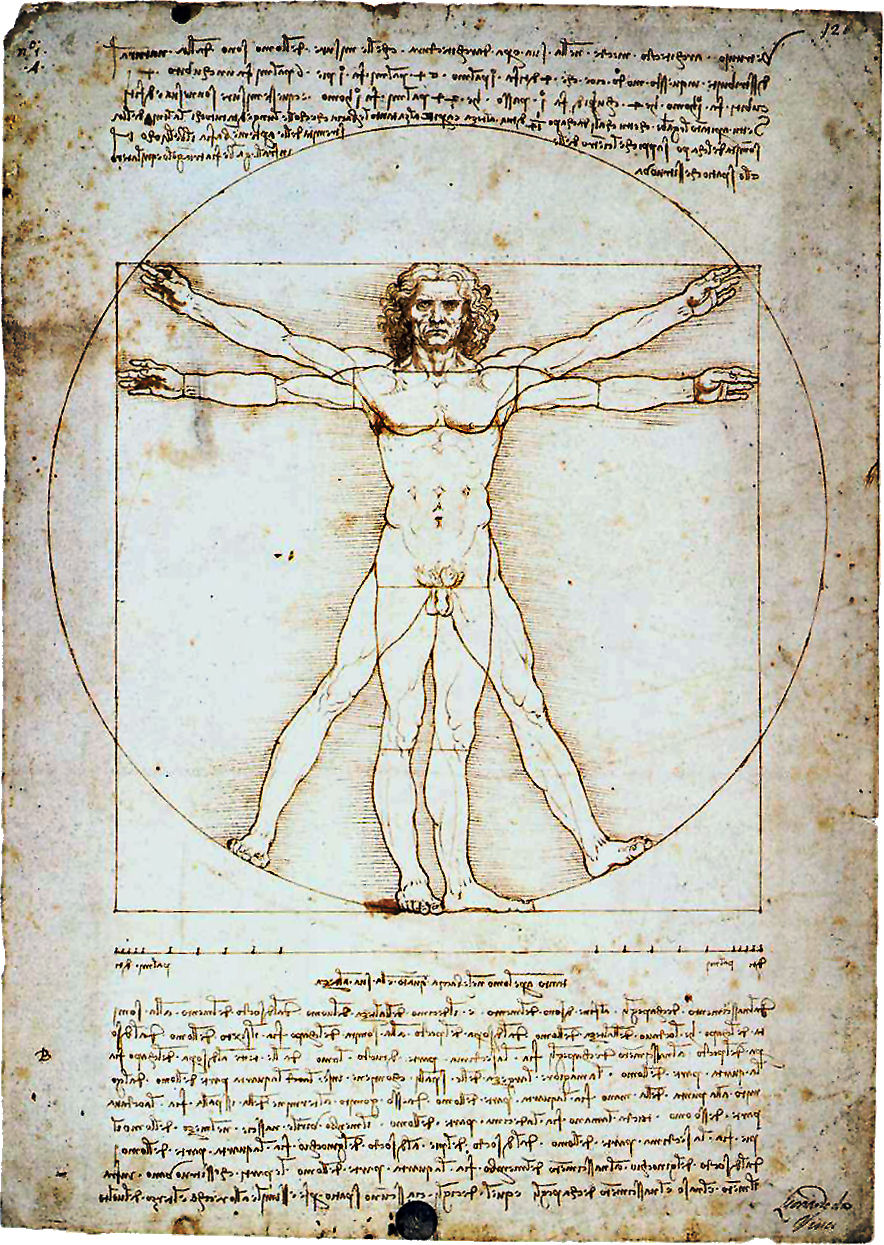"That's My Opinion"
Perhaps the best and worst part of the knife community is the various fora we all read. They are the source of great information and great misinformation. They can be very supportive and fun or petty bores. Recently, I was reading a forum review of a Medford Praetorian. In the OP, the poster showed pictures of his Praetorian doing "food prep" and in those photos were two "slices" of tomato. It was pretty clear to me that those tomatoes weren't really sliced, but more crushed. The poster was confronted by some folks about this and he insisted that the tomatoes were sliced. Remember the part about forums being "petty bores"? At some point you just have to let the guy be happy with his knife. No amount of reasoning or proof is going to cut through the happiness and post-purchase rationalization that allows someone to see tomatoes that look crushed as sliced. To me, it seems like the only appropriate response to someone that is that entranced with a product is "I am glad you like it."
But one refrain that seems to be a crutch for online discussions when people disagree is "that's my opinion." The problem is folks seems to forget what an opinion is, versus what constitutes a fact. And this is not just in the world of gear and online forum discussions. Everyone, EVERYONE in politics seems guilty of this. And all of this argument and reality avoidance reminds me of a favorite quote of my from the late great Daniel Patrick Moynihan: "You are entitled to your own opinion, not your own facts." "Blue is an awesome color" is an opinion. "This knife is a good slicer" is not. The knife either is or isn't a good slicer. Its something you can go out into the world and find out. I don't want to get to epistemological, but an opinion is something no one can or should argue about, but facts are a different thing. Its important to discuss and argue WITH facts.
As a critic of sorts, I run into this issue a lot, especially when a review offends someone. The Cryo SS review is a perfect example. I said the knife was too heavy for its size and people disputed that as an opinion. The reality is this is a verifiable fact. No knife I have reviewed weighed anything close to what the Cryo did, given its blade length. B:W is a fact. That fact can be used to compare one knife to another. And in those comparisons the Cryo SS did poorly. Now, of course I have not reviewed EVERY knife, but I have reviewed quite a few. And of the ones I haven't reviewed, I have yet to find one with a worse B:W (though the zinc handled Gerber 39 seems like a contender). Even if there are a few that are worse, that doesn't undercut the fact that the Cryo is far below average in this regard. So I feel very comfortably in declaring that the knife was too heavy for its size.
One thing that has made criticism of all sorts much more difficult is this persistent belief that matters of aesthetics are pure opinion, that beauty is democratic. Two hundred years ago, the prevailing belief was the exact opposite. Immanual Kant and other intellectuals took very seriously the idea that there were objective standards in evaluating beauty. I think that some of that discussion went too far, but I am much closer to that camp than today's modern notion that all evaluations of beauty are opinion.
Elle MacPherson makes a compelling case for me. Yes, I think she is beautiful, but the reasons why are interesting.
Elle MacPherson was known in modeling circles as "The Body" and it wasn't just because she looked great in a bikini, which she most certain did and does to this day. In fact, she was blessed with classical proportions--from her typical bra, waist, hips measurements to her height to her facial features. Renaissance master and great painters found that the most visually pleasing bodies were exactly eight heads tall. That is, their bodies were eight times the height of their heads. MacPherson is exactly eight heads tall, a rarity among human beings. Gods were comically proportioned at 8 and half heads tall while average people were 7 heads tall. You can see a whole raft of body proportion standards in Da Vinci's Virtruvian Man.
Further studies (here and here) have shown that people respond strongly to certain body proportions. There is hardwired into the human brain empirical standards of beauty in the human form.
Elle MacPherson was known in modeling circles as "The Body" and it wasn't just because she looked great in a bikini, which she most certain did and does to this day. In fact, she was blessed with classical proportions--from her typical bra, waist, hips measurements to her height to her facial features. Renaissance master and great painters found that the most visually pleasing bodies were exactly eight heads tall. That is, their bodies were eight times the height of their heads. MacPherson is exactly eight heads tall, a rarity among human beings. Gods were comically proportioned at 8 and half heads tall while average people were 7 heads tall. You can see a whole raft of body proportion standards in Da Vinci's Virtruvian Man.
Further studies (here and here) have shown that people respond strongly to certain body proportions. There is hardwired into the human brain empirical standards of beauty in the human form.
I think it is fair to assume that there are also at least a few common touchstones of the aesthetics of objects as well. Wassily Kandinski, famous abstract painter and teacher at the Bauhaus believed that colors and shapes were related and devised a very complex version of the standard artist's color wheel. These color shape relationships are seen in his paintings and art all over the world, even in different cultures.
This is all a way of laying a foundation for the argument that there are shapes in gear we find beautiful and I would even go further and say shapes we find useful. Jim Nowka talked about visual tension on the episode of GGL that he was on, referencing an idea from the master Bob Loveless. You can see it in some of the classic Randalls and many of Bob's knives. But I think its not just an aesthetic thing--I think our eye likes these shapes because these shapes are useful. Loveless's Drop Point Hunter, seen here,
Image courtesy of Knife Purveyor.
is not just a gorgeous blade, it is probably the most useful blade shape.
is not just a gorgeous blade, it is probably the most useful blade shape.
I keep coming back to a few standards. I think that a 9 inch blade is just about the limit on what I find useful in a knife (not a machete, a knife). For a chopper 9 inches is just right. Smaller and it is hard to baton, larger and it is unwieldy doing just about everything. So too do I think that 3 inches is the sweetspot for a folder. And here is the crazy thing--when I draw out gear or cut out mock ups as toys on my band saw these numbers come up again and again, even when I am not making a conscious decision about dimensions. I can imagine that very large or very small people will have different dimensions, but for most folks these things seem to work.
And so I think we need to be willing to call an opinion an opinion and a fact a fact. I think we also could benefit from a historical perspective on the history of aesthetics and a realization that there are some factual foundations to our notions of what is beautiful.
And no dude, you did not slice that tomato.



